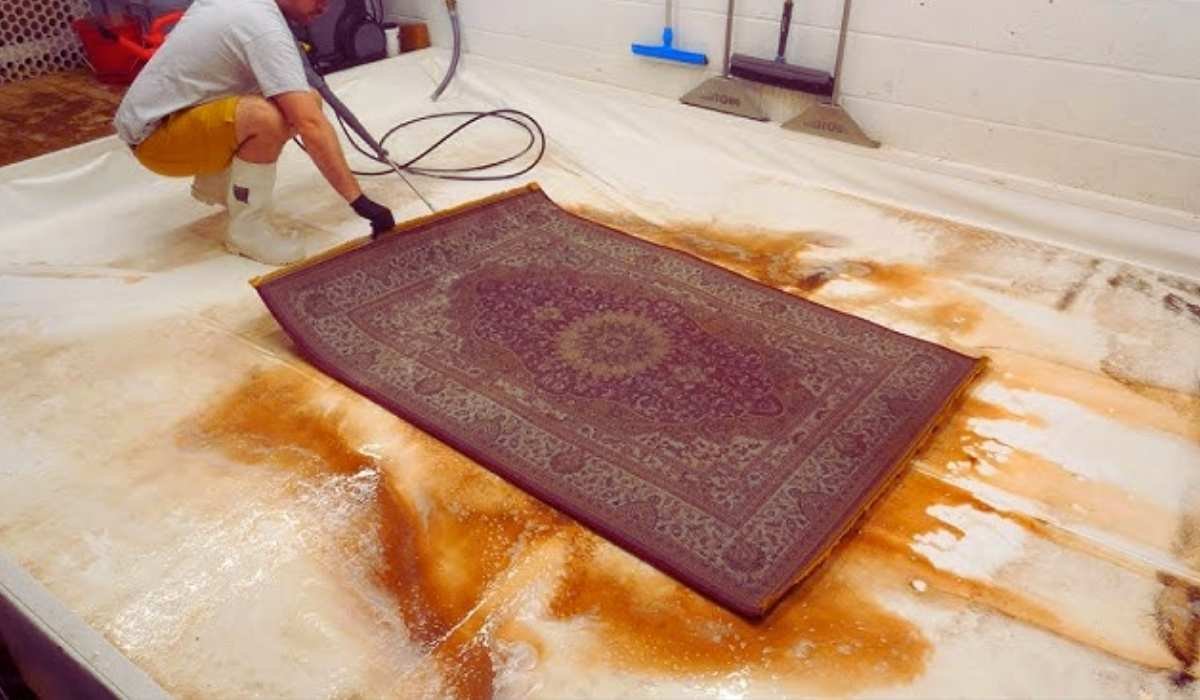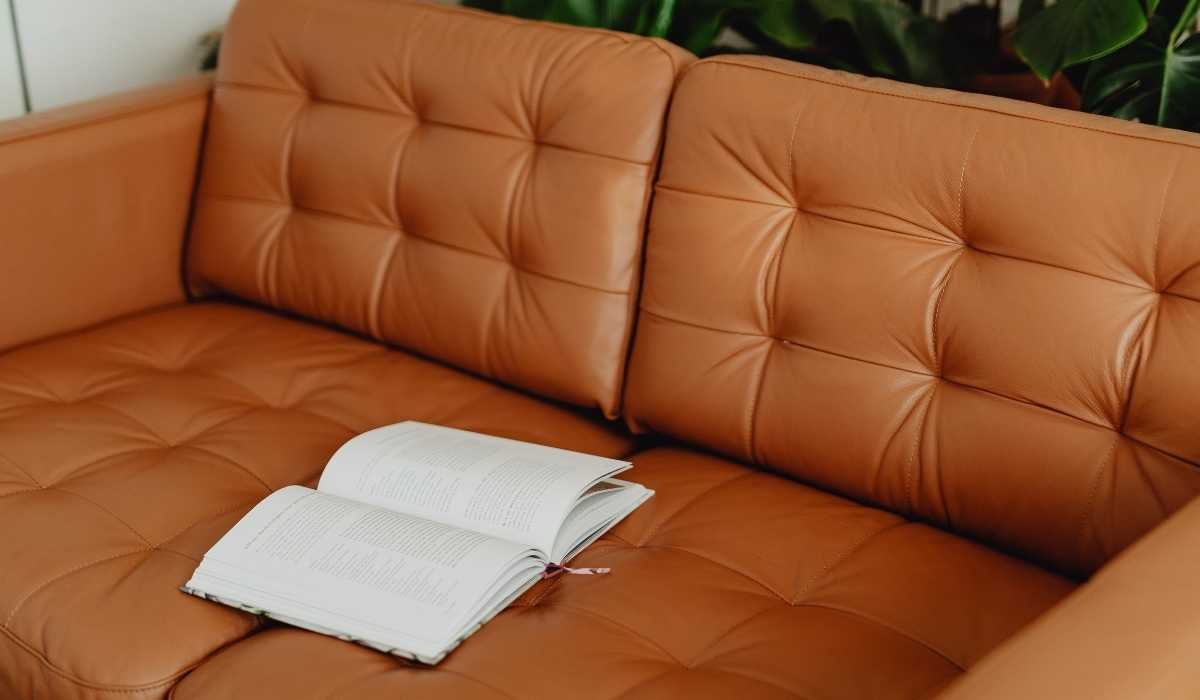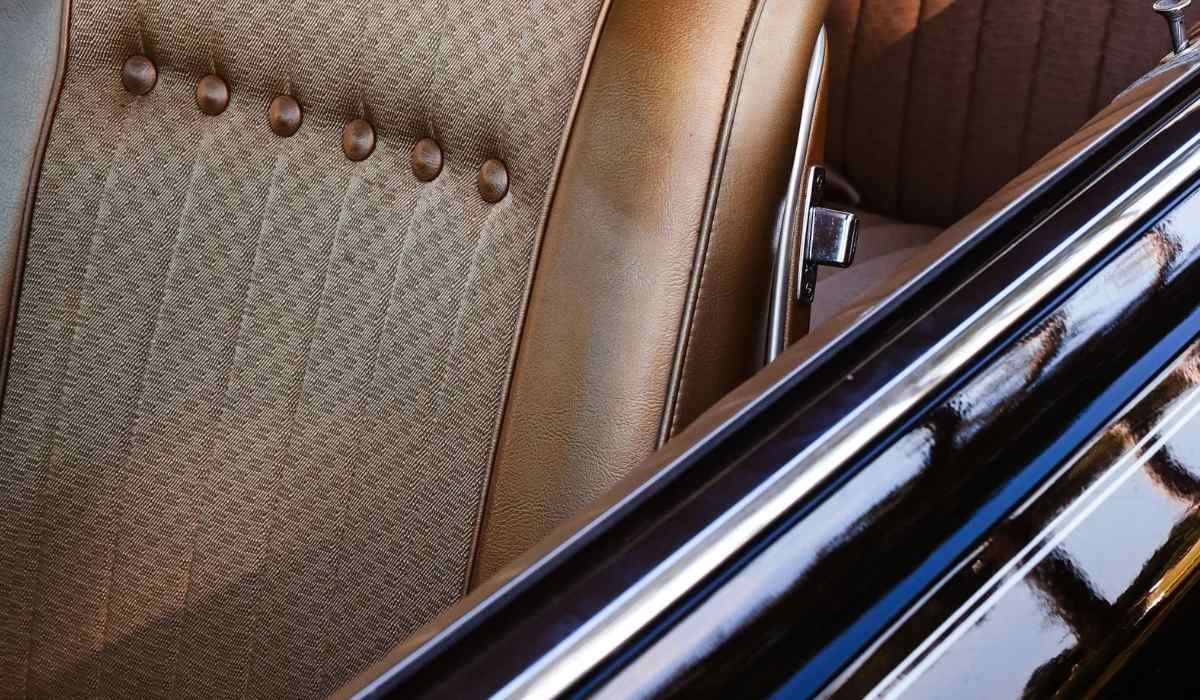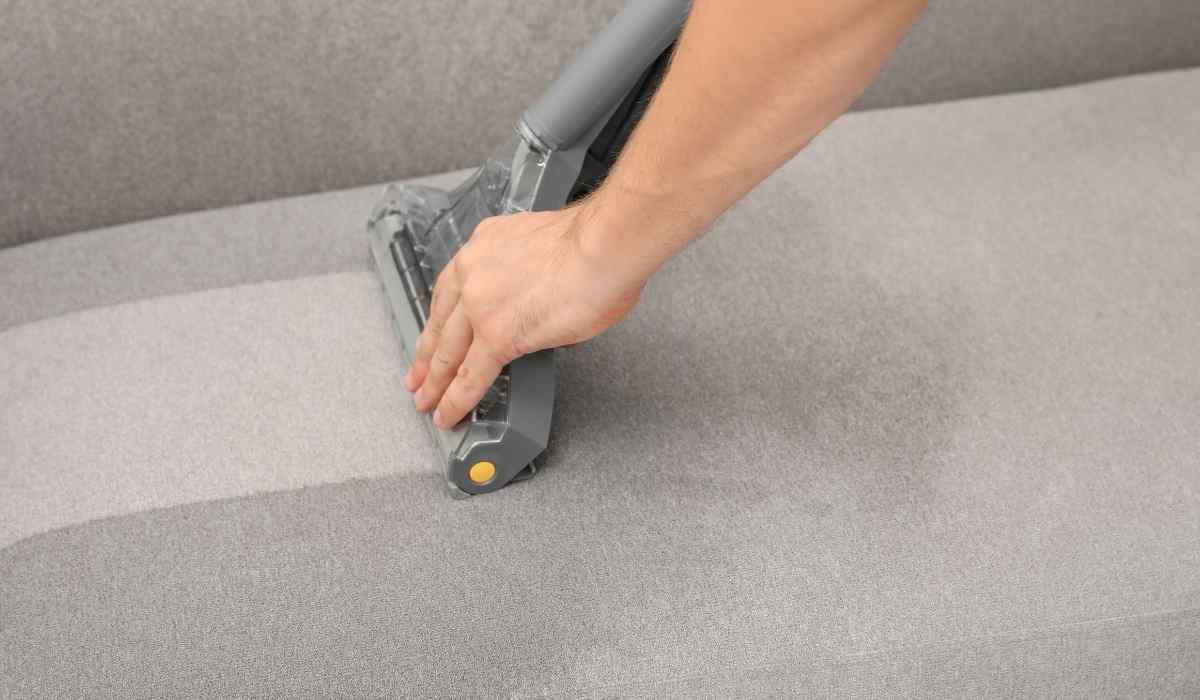Have you ever found yourself mesmerized by those satisfying area rug cleaning videos online? You know, the ones where a filthy, mud-caked rug suddenly transforms into a spotless masterpiece in just minutes?
It feels almost magical—but what if we told you many of these videos are not entirely real? Yes, “Area Rug Cleaning Videos Fake” is a topic worth exploring because understanding the truth behind these clips can save you time, money, and frustration.
If you’ve ever wondered whether those dramatic before-and-after shots are genuine or just clever staging, this article is for you. Stick around, and we’ll uncover how these videos are made, why they might be misleading, and what you should really expect when it comes to cleaning your own rugs. Ready to see beyond the sparkle? Let’s dive in.
Table of contents
Fake Rug Cleaning Videos
Fake rug cleaning videos have become common on social media platforms. These videos show dramatic transformations of dirty rugs into spotless ones.
Many viewers enjoy watching satisfying cleaning processes. Yet, some videos use tricks to make the cleaning appear better than it is. Recognizing these fake videos helps viewers avoid false expectations.
Common Staging Techniques
Some creators use dirt substitutes like mud or coffee grounds. They spread these materials on rugs to create heavy stains. Then, they film quick cleaning actions to show instant results.
Another trick is using pre-cleaned or new rugs painted with fake dirt. Lighting and camera angles enhance the illusion of deep cleaning. These methods make the cleaning process look faster and more effective than normal.
Why Videos Are Made Fake
Fake cleaning videos attract more views and likes. They grab attention through extreme before-and-after scenes. Some creators want to entertain or satisfy viewers visually. Others aim to promote products or services by showing unreal results.
The pressure to create viral content leads to exaggerated claims. These videos often overlook real cleaning challenges and time needed.
Popular Channels And Creators
Several channels focus on rug cleaning content with huge followings. Some mix real cleaning with staged scenes for entertainment. Channels like Mountain Rug Cleaning and Rug Hubb post both genuine and fake videos.
TikTok creators sometimes use short clips to highlight impressive effects. Viewers should watch critically and research trusted cleaning experts for accurate advice.
You May Like: Why are Rug Cleaning Videos Satisfying?
How Dirt Is Faked
Many area rug cleaning videos show extremely dirty rugs. These videos attract viewers with dramatic before-and-after scenes. Yet, much of the dirt you see is not real. The dirt is often faked to create a more striking effect. Understanding how this fake dirt is made helps viewers see these videos with a critical eye.
Staged dirt makes the cleaning process look more impressive. The dirt must look convincing but also be easy to remove. Creators use several tricks to achieve this effect. These tricks save time and make the cleaning results appear amazing.
Using Artificial Stains
Artificial stains are common in fake rug cleaning videos. These stains come from substances like mud, coffee, or paint. They are carefully applied to the rug’s surface. The goal is to mimic common household stains without damaging the rug. These stains wipe or wash away easily, unlike real grime.
Sourcing Discarded Rugs
Some videos use old, discarded rugs found in trash or dumps. These rugs already have dirt and damage. They create a dramatic dirty look without artificial stains. After filming, the rugs are cleaned just enough to appear renewed. This method provides a natural but staged dirt effect for the video.
Reusing Rugs After Filming
After filming, rugs often get reused for more videos. The dirt is reapplied or refreshed. This saves money and effort for content creators. The same rug can show different “dirty” scenarios multiple times. This recycling trick helps keep the fake dirt consistent in many videos.
Impact On Viewers
Area rug cleaning videos that are fake have a strong effect on viewers. They shape what people think about cleaning rugs. These videos often look very dramatic and perfect. This changes how viewers see the cleaning process and the results they expect. The impact goes beyond just entertainment. It influences emotions and decisions of the audience.
Setting Unrealistic Expectations
Fake rug cleaning videos show results that are often too good to be true. The stains vanish instantly. The rugs look brand new in seconds. This creates false ideas about how fast and easy cleaning can be. Viewers may believe professional cleaning always works like this. They might expect perfect results every time. Real cleaning takes more time and effort. The videos do not show that reality.
Viewer Frustration And Reactions
Many viewers feel disappointed after trying to clean their rugs. They expect magic but face stubborn stains and damage. This leads to frustration and anger. Some viewers leave negative comments online. Others stop trusting cleaning advice from videos. Fake videos can also cause confusion about which products or methods work best. This hurts the experience of those who want to care for their rugs properly.
Effect On Genuine Cleaning Services
Real cleaning companies suffer because of fake videos. People expect quick fixes and low prices. They think professional services should match the video quality. When results differ, customers may complain or avoid hiring experts. This can damage the reputation of honest cleaners. It also makes it harder for them to explain the true cleaning process. Fake videos create a gap between what cleaners do and what clients expect.
Spotting Real Vs Fake Videos
Many viewers enjoy watching area rug cleaning videos for satisfying before-and-after results. Some videos show amazing stain removal that seems almost magical. Yet, not all these videos are genuine. Some are staged or edited to look better than real cleaning work.
Knowing how to spot real versus fake rug cleaning videos helps you avoid misleading content. It also guides you toward videos that teach proper cleaning methods. Below are key tips to identify authentic cleaning videos and creators.
Signs Of Staged Cleaning
Staged cleaning often shows quick, unrealistic results. The rug looks heavily stained but gets spotless in seconds. The cleaning tools may appear new or unused. Sometimes, the dirt or stains seem too perfect or uniform. The cleaning process lacks detailed steps or explanations. Watch for sudden cuts or edits that skip crucial parts.
Authentic Stain Removal Processes
Real cleaning videos display gradual stain removal. The cleaner uses proper products and tools step-by-step. The stains lighten slowly, showing effort and technique. You may see dirt being lifted from the rug fibers. The cleaner explains what they use and why. The whole process feels natural without rushed moments.
Verifying Credibility Of Creators
Check the creator’s background and reviews. Authentic creators share their experience and business info. They respond to comments and questions honestly. Look for multiple videos showing consistent cleaning quality. Beware of accounts with only one or two viral videos. Trust creators who reveal their cleaning methods clearly.
Why Fake Videos Go Viral
Fake area rug cleaning videos spread fast across social media platforms. They attract millions of views despite their staged nature. People watch for the oddly satisfying visuals and the promise of a perfect transformation. The viral nature of these videos reveals much about viewer preferences and platform mechanics.
Satisfying Visuals And Asmr Appeal
Fake rug cleaning videos often show dramatic before-and-after scenes. The contrast grabs attention immediately. Many include ASMR sounds like brushing and spraying. These sounds trigger relaxation and focus in viewers. The smooth motions and clear results create a calming effect. This sensory experience keeps viewers watching longer and returning for more.
Algorithm Boosts For Engagement
Social media algorithms favor videos with high engagement. Comments, shares, and watch time increase a video’s reach. Fake cleaning videos encourage reactions and debate. People comment to expose the fake or praise the visuals. This interaction signals the algorithm to push the video to more users. The cycle repeats, making these videos more visible and viral.
Trends On Tiktok And Youtube
TikTok and YouTube popularized quick, visually striking content. Cleaning videos fit perfectly into this format. Creators use trending sounds and hashtags to gain traction. Challenges and duets boost visibility further. Viewers share these videos for entertainment and surprise. This trend keeps fake rug cleaning videos circulating widely online.
Real Rug Cleaning Methods
Many area rug cleaning videos online appear dramatic and flawless. These videos often show instant transformations that seem too good to be true. Real rug cleaning takes time, effort, and proper methods to protect the fabric and colors. Understanding true cleaning techniques helps avoid damage and keeps rugs looking fresh for years.
Effective Home Cleaning Tips
Start by vacuuming your rug gently to remove loose dirt. Shake the rug outside to get rid of dust. Spot clean stains quickly using a damp cloth and mild detergent. Avoid soaking the rug, as excess water can harm the fibers. Let the rug dry flat in a well-ventilated area to prevent mold. Regular maintenance prevents dirt buildup and keeps your rug healthy.
Professional Cleaning Techniques
Professionals use equipment designed for deep cleaning without damage. They often start with a thorough vacuum to remove loose debris. Next, they apply specialized cleaning solutions suited for different rug materials. Hot water extraction or steam cleaning removes deep dirt and allergens. Experts also use gentle brushes to protect delicate fibers. Professional cleaning extends the rug’s life and restores its original beauty.
Safe Cleaning Products To Use
Choose cleaning products made for delicate fabrics and dyes. Avoid harsh chemicals like bleach or ammonia. Natural solutions such as white vinegar and baking soda work well for mild stains. Use pH-neutral detergents to protect the rug’s colors. Always test a small hidden area before applying any cleaner. Safe products prevent color fading and fiber damage while effectively cleaning.
Ethics Behind Fake Videos
Fake area rug cleaning videos raise serious ethical questions. These videos often show dramatic transformations that seem too good to be true. Many creators stage or exaggerate the cleaning process to attract views. This practice misleads viewers about what real cleaning can achieve. Understanding the ethics behind these fake videos helps consumers make better choices.
Misleading Advertising Concerns
Fake cleaning videos often serve as indirect ads. They promise results that professional services cannot always deliver. This misleads customers into expecting unrealistic outcomes. Some videos use props or pre-treated rugs to create fake dirt removal. Such tactics blur the line between entertainment and honest advertising.
Impact On Consumer Trust
Trust breaks down when viewers discover videos are fake. People feel cheated after seeing staged cleaning results. This damages the reputation of genuine rug cleaning businesses. Consumers may avoid professional services, thinking the videos reflect real results. Losing trust harms both consumers and honest service providers.
Calls For Transparency
Viewers want clear information about what is real and what is staged. Transparency builds trust and helps set correct expectations. Content creators should label fake or staged scenes openly. Honest videos educate consumers about proper rug care. Transparency encourages fair competition and respects viewers’ intelligence.
Frequently Asked Questions
Why Do People Watch Rug Cleaning Videos?
People watch rug cleaning videos for satisfying visuals, cleaning tips, and to see dramatic transformations of dirty rugs.
How Much Does Stanley Steemer Charge To Clean A 9×12 Rug?
Stanley Steemer typically charges around $45 to $75 to clean a 9×12 rug. Prices vary by location and rug type.
Does Baking Soda Actually Clean Rugs?
Baking soda effectively absorbs odors and loosens dirt on rugs. It helps freshen and lightly clean but doesn’t replace deep cleaning methods.
Can You Use Dawn Dish Soap To Clean An Area Rug?
Yes, Dawn dish soap can clean area rugs gently. Use a small amount mixed with water. Test a hidden spot first. Avoid soaking the rug to prevent damage. Rinse and blot dry thoroughly for best results.
Conclusion
Many area rug cleaning videos show staged dirt and fake messes. These clips often exaggerate for visual effect and views. Real cleaning results may not match what you see online. Trust genuine advice and tested methods for your rugs. Always check multiple sources before believing dramatic videos.
Remember, clean rugs need proper care, not tricks. Stay informed and keep your rugs fresh with honest tips.





Leave a Reply